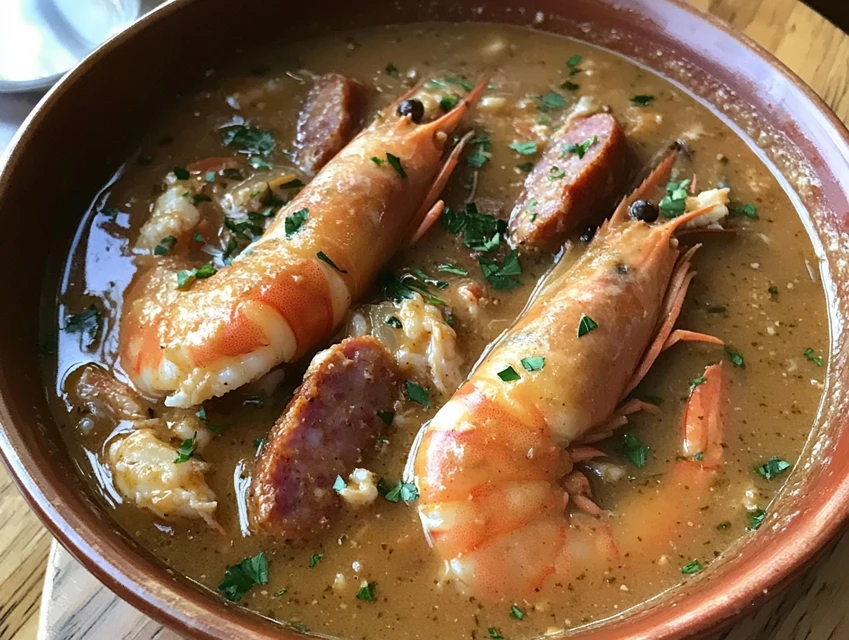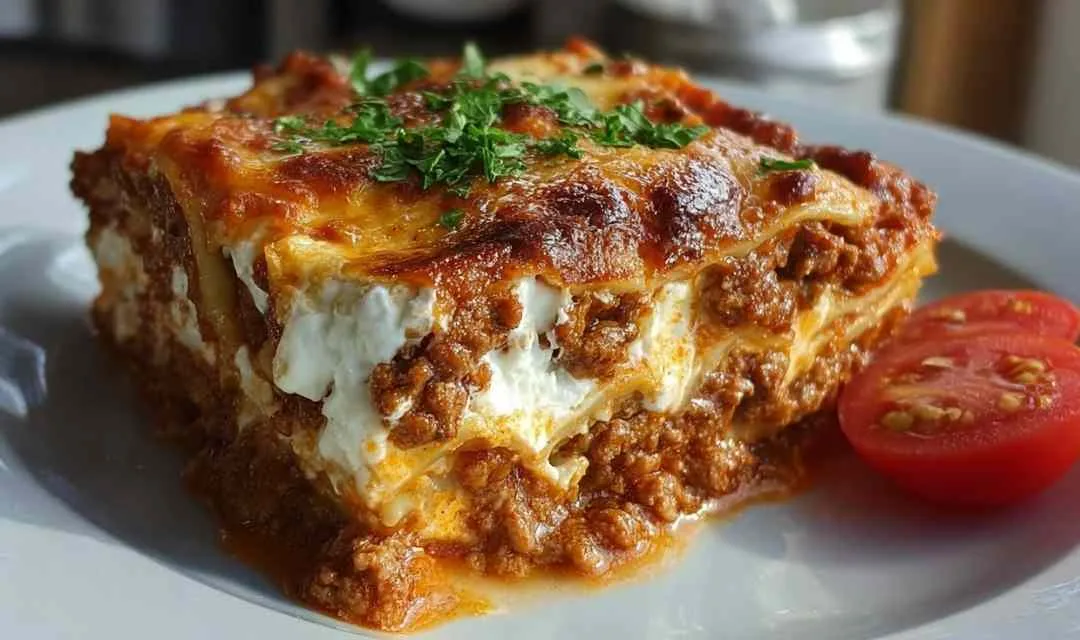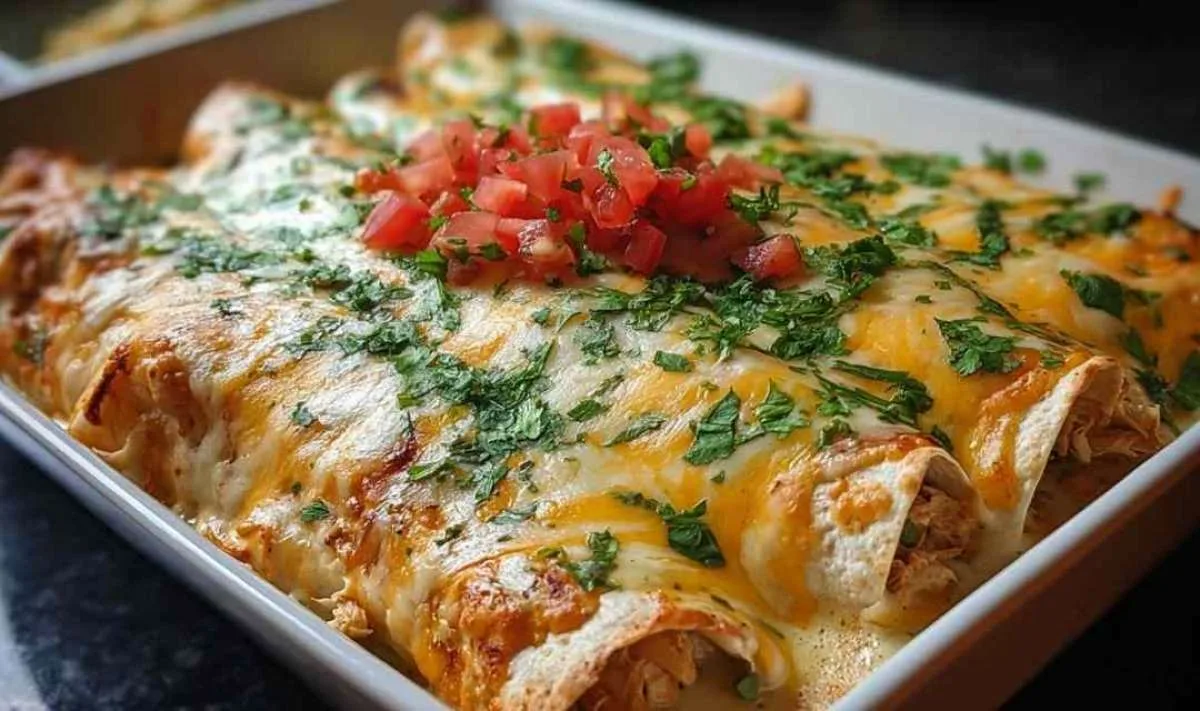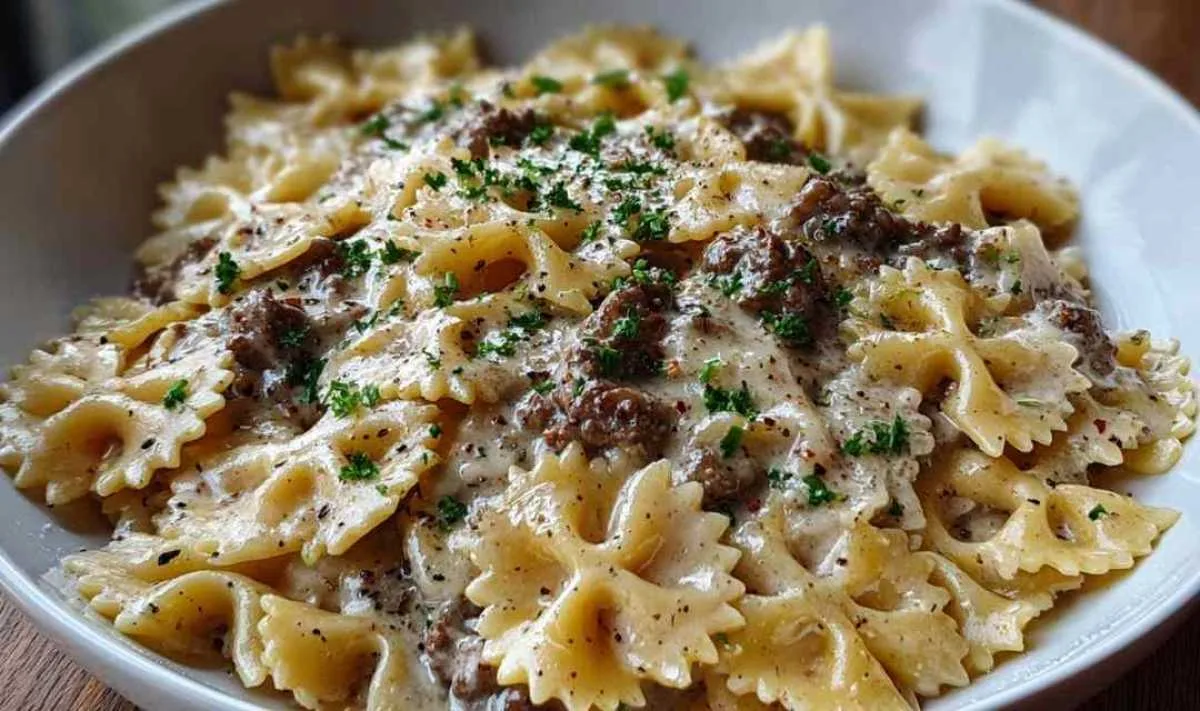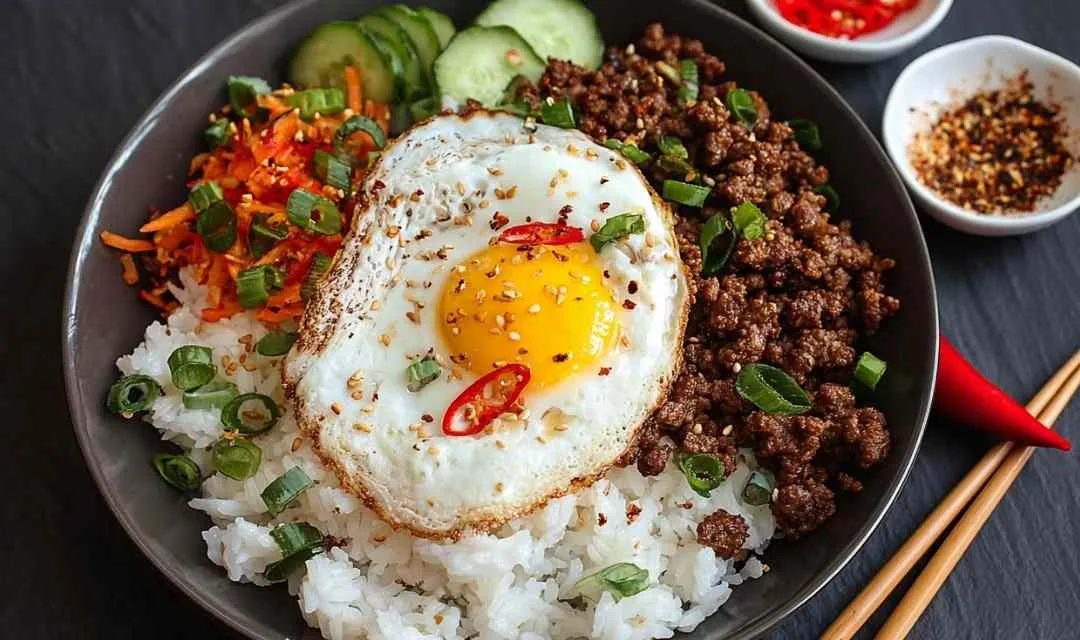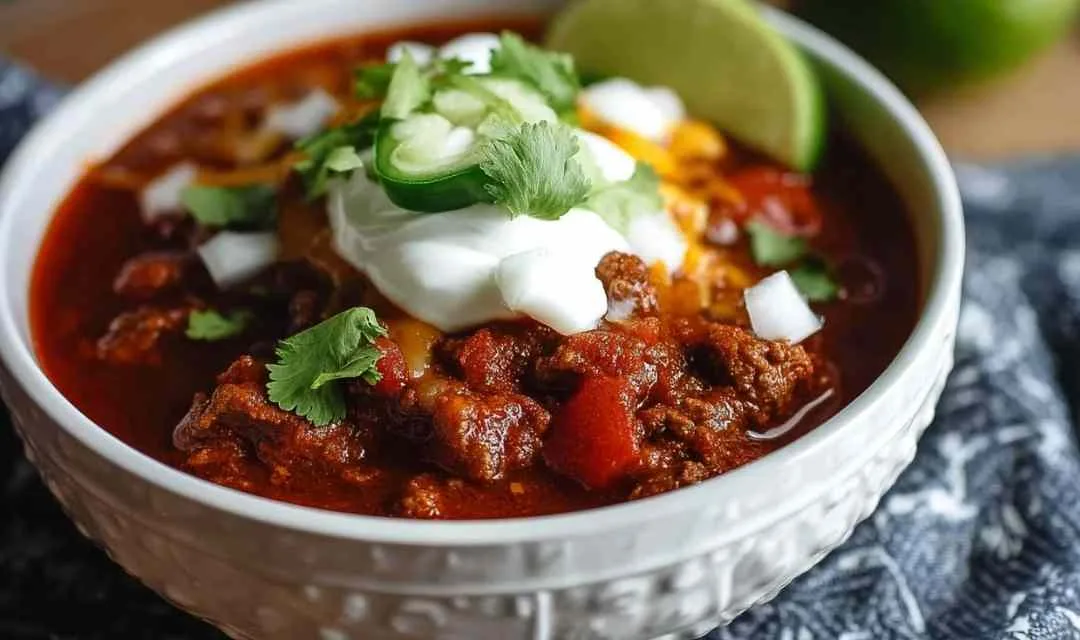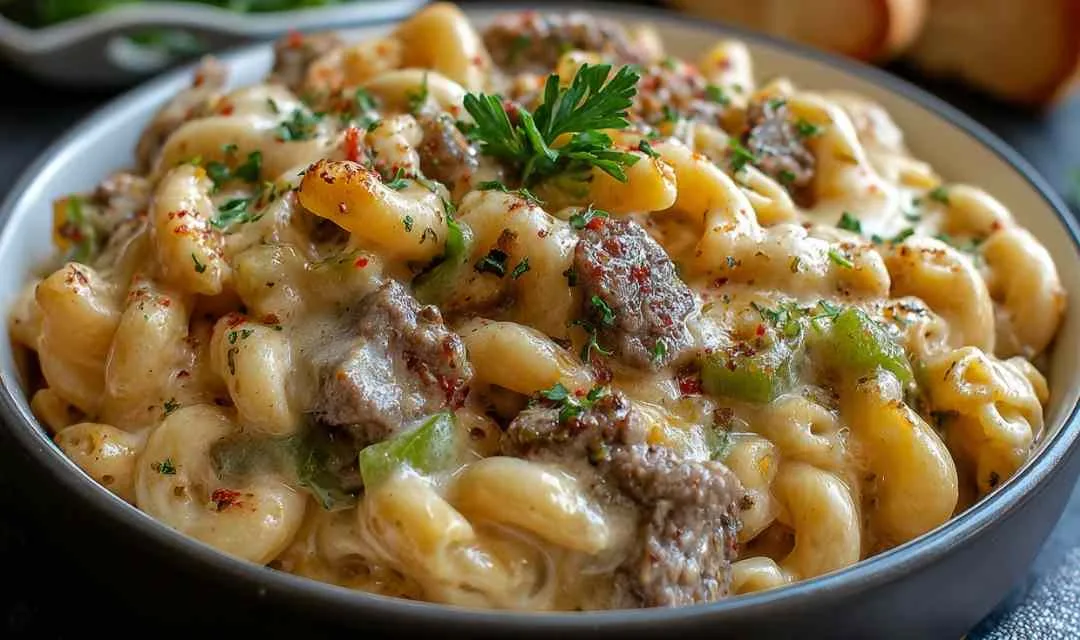Louisiana Gumbo Recipe
What is Gumbo?
Gumbo is a rich and hearty stew that hails from Louisiana. It combines various ingredients, including meats, seafood, and vegetables, all simmered together in a flavorful broth. The dish is known for its unique blend of spices and the iconic roux, which gives gumbo its deep, complex flavor. Traditionally served over rice, gumbo is a comforting meal that warms the soul. Whether you enjoy shrimp, crab, or sausage, there’s a gumbo variation for everyone!
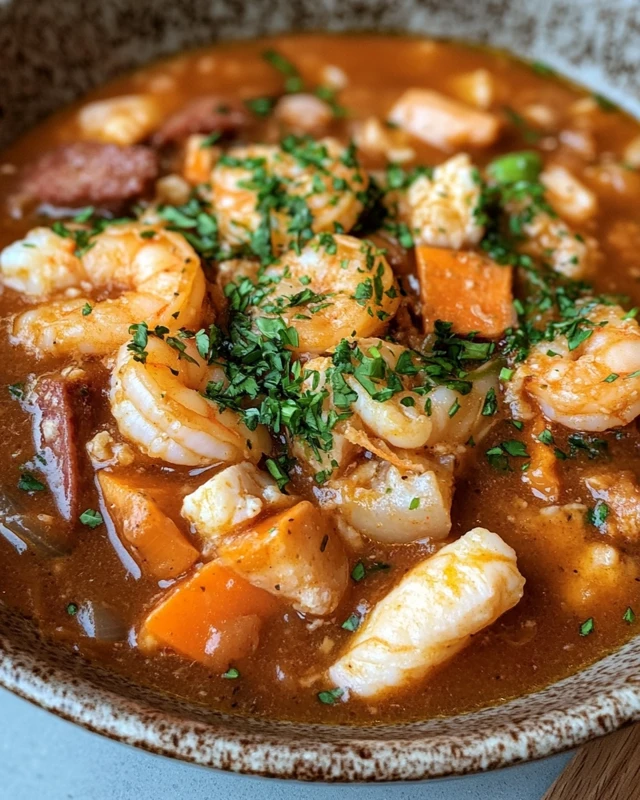
The Cultural Significance of Louisiana Gumbo
Gumbo is more than just a dish; it’s a symbol of Louisiana’s vibrant culture. This stew reflects the state’s rich history, influenced by African, French, Spanish, and Native American culinary traditions. Each family often has its own secret recipe, passed down through generations. Gumbo is commonly served at gatherings, celebrations, and family dinners, making it a staple in Louisiana cuisine. It brings people together, showcasing the warmth and hospitality of the region. So, when you enjoy a bowl of gumbo, you’re not just tasting a meal; you’re experiencing a piece of Louisiana’s heart and soul.
Ingredients for Louisiana Gumbo Recipe
Essential Ingredients
To create a delicious Louisiana Gumbo, you need a mix of essential ingredients that come together to form its signature flavor. Here’s what you’ll need:
- 1 cup vegetable oil
- 1 cup all-purpose flour
- 1 onion, chopped
- 1 green bell pepper, chopped
- 2 celery stalks, chopped
- 4 cloves garlic, minced
- 1 (14.5 oz) can diced tomatoes, undrained
- 4 cups seafood stock or chicken broth
- 1 pound shrimp, peeled and deveined
- 1 pound crab meat, picked over for shells
- 1 pound smoked sausage, sliced
- 2 bay leaves
- 1 tablespoon Worcestershire sauce
- 1 tablespoon Cajun seasoning
- Salt and pepper to taste
- Cooked white rice (for serving)
- Chopped green onions (for garnish)
- Chopped fresh parsley (for garnish)
These ingredients are the backbone of your gumbo. The roux, made from oil and flour, is crucial for flavor. The combination of vegetables adds depth, while the seafood and sausage provide a hearty texture. Each ingredient plays a role in creating that authentic Louisiana taste.
Optional Ingredients for Customization
While the essential ingredients are key, you can customize your gumbo to suit your taste. Here are some optional ingredients you might consider:
- Okra: Adds a unique flavor and helps thicken the gumbo.
- Bell peppers: You can use red or yellow bell peppers for added sweetness.
- Spicy sausage: For those who like a kick, try using andouille sausage.
- Other seafood: Feel free to add scallops, fish, or crawfish for variety.
- Herbs: Fresh thyme or bay leaves can enhance the flavor profile.
These optional ingredients allow you to make the gumbo your own. Experimenting with different flavors can lead to a unique dish that reflects your personal taste. Whether you stick to the classic recipe or add your twist, the result will be a delightful bowl of gumbo!
Step-by-Step Preparation of Louisiana Gumbo Recipe
Step 1: Preparing the Roux
To start your Louisiana Gumbo, you must prepare the roux. This step is crucial for achieving that deep, rich flavor. First, heat the vegetable oil in a large, heavy-bottomed pot over medium heat. Once the oil is hot, gradually whisk in the flour. Keep stirring constantly to prevent burning. The roux should turn a deep brown color, which can take about 20-30 minutes. Patience is key here! A well-made roux is the heart of your gumbo.
Step 2: Sautéing the Vegetables
After your roux reaches the perfect color, it’s time to add the vegetables. Toss in the chopped onion, green bell pepper, celery, and minced garlic. Sauté these ingredients for about 5-7 minutes. You want them to soften and release their flavors. The aroma will fill your kitchen, making it hard to resist! This step adds a wonderful depth to your gumbo.
Step 3: Adding Proteins
Next, it’s time to incorporate the proteins. Add the sliced smoked sausage, shrimp, and crab meat to the pot. Stir everything together, ensuring the proteins are well-coated with the roux and vegetables. This is where the gumbo starts to come alive! Season with salt and pepper to taste. The combination of seafood and sausage creates a delightful mix of flavors.
Step 4: Incorporating Broth and Seasonings
Now, pour in the diced tomatoes with their juice, along with the seafood stock or chicken broth. Add the bay leaves, Worcestershire sauce, and Cajun seasoning. Stir well to combine all the ingredients. Bring the mixture to a simmer. This is where the magic happens! The flavors meld together, creating a rich and savory broth that is the essence of gumbo.
Step 5: Simmering the Gumbo
Once your gumbo is simmering, reduce the heat to low. Let it cook for about 30 minutes, stirring occasionally. This allows the flavors to deepen and develop. The longer it simmers, the better it tastes! Keep an eye on it, and feel free to adjust the seasoning if needed. Your kitchen will smell amazing during this time!
Step 6: Final Touches and Serving
Before serving, remember to remove the bay leaves from the pot. Serve your gumbo hot over a bed of cooked white rice. Garnish with chopped green onions and fresh parsley for a pop of color and flavor. Enjoy your Louisiana Seafood Gumbo with family and friends. It’s a dish that brings everyone together, perfect for any occasion!
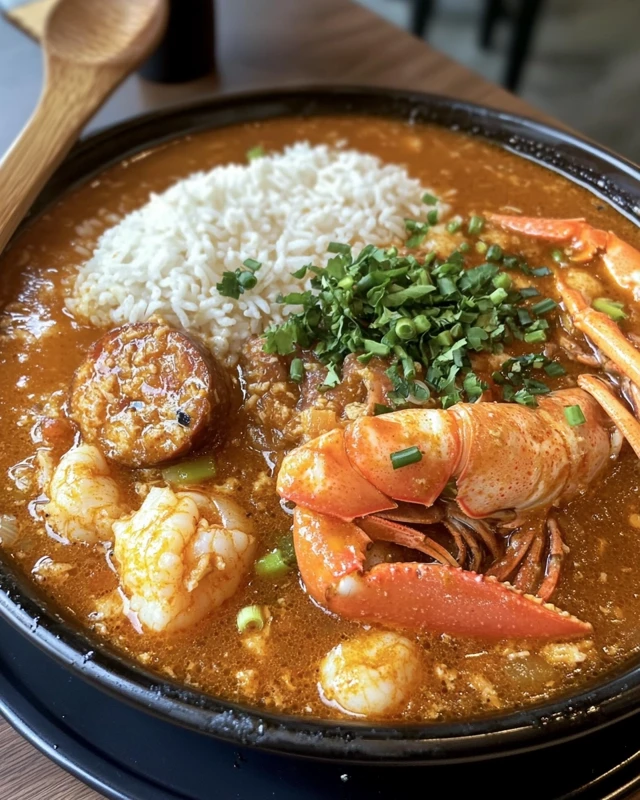
Variations of Louisiana Gumbo Recipe
Seafood Gumbo Variation
Seafood gumbo is a beloved variation that highlights the fresh flavors of the ocean. This version typically includes shrimp, crab, and sometimes oysters or fish. To make a seafood gumbo, follow the same steps as the classic recipe, but focus on using a variety of seafood. You can also add ingredients like mussels or clams for extra depth. The key is to ensure that the seafood is added towards the end of cooking to prevent overcooking. This variation is perfect for seafood lovers and brings a taste of the bayou right to your table!
Chicken and Sausage Gumbo Variation
If you prefer a heartier option, chicken and sausage gumbo is a fantastic choice. In this variation, you can use boneless chicken thighs or breasts, along with smoked sausage, like andouille. Start by browning the chicken in the roux before adding the vegetables. This adds a rich flavor to the dish. The sausage adds a smoky kick that complements the spices beautifully. This gumbo is filling and perfect for a cozy family dinner. It’s a great way to enjoy the classic flavors of gumbo while incorporating different proteins!
Vegetarian Gumbo Variation
For those who prefer a meat-free option, vegetarian gumbo is a delicious alternative. You can replace the meat and seafood with hearty vegetables like okra, bell peppers, zucchini, and mushrooms. Use vegetable broth instead of seafood stock or chicken broth. To enhance the flavor, consider adding beans or lentils for protein. This variation is just as flavorful and satisfying as the traditional gumbo. It’s a great way to enjoy the essence of gumbo while keeping it plant-based. Everyone can enjoy a warm bowl of this comforting dish!
Cooking Note for Louisiana Gumbo Recipe
Tips for Achieving the Perfect Roux
Creating the perfect roux is essential for a flavorful Louisiana Gumbo. Here are some tips to help you master this crucial step:
- Use a Heavy-Bottomed Pot: A heavy pot distributes heat evenly, preventing the roux from burning.
- Stir Constantly: Keep stirring the roux continuously to avoid sticking and burning. This ensures a smooth texture.
- Watch the Color: Aim for a deep brown color, similar to chocolate. This indicates that the roux is ready and has developed rich flavors.
- Be Patient: Don’t rush the process. It can take 20-30 minutes to achieve the right color. Good things come to those who wait!
- Adjust Heat as Needed: If the roux starts to darken too quickly, lower the heat. You want a slow, steady cooking process.
By following these tips, you’ll create a roux that adds depth and richness to your gumbo, making it truly unforgettable!
Common Mistakes to Avoid
Even experienced cooks can make mistakes when preparing gumbo. Here are some common pitfalls to watch out for:
- Burning the Roux: This is the most common mistake. If your roux burns, it will ruin the flavor of your gumbo. If it burns, start over!
- Skipping the Roux: Some may think they can skip the roux for a quicker dish. However, the roux is vital for flavor and texture.
- Overcooking Seafood: Adding seafood too early can lead to tough, rubbery textures. Add it towards the end of cooking.
- Not Seasoning Enough: Gumbo needs seasoning to shine. Taste as you go and adjust the salt and spices to your liking.
- Using Low-Quality Ingredients: Fresh, high-quality ingredients make a big difference. Invest in good seafood and spices for the best results.
Avoiding these mistakes will help you create a delicious Louisiana Gumbo that everyone will love. Happy cooking!
Serving Suggestions for Louisiana Gumbo Recipe
Traditional Accompaniments
When it comes to serving Louisiana Gumbo, traditional accompaniments enhance the experience. Here are some classic options:
- White Rice: Serving gumbo over a bed of fluffy white rice is a must. The rice absorbs the rich flavors of the gumbo, making each bite delightful.
- French Bread: A crusty loaf of French bread is perfect for dipping into the gumbo. It adds a satisfying crunch and is great for soaking up the broth.
- Hot Sauce: Many enjoy adding a splash of hot sauce for an extra kick. It complements the spices in the gumbo beautifully.
- Coleslaw: A side of coleslaw adds a refreshing crunch. The coolness of the slaw balances the heat of the gumbo.
These traditional accompaniments not only enhance the flavors but also create a well-rounded meal that everyone will enjoy. They bring a taste of Louisiana right to your table!
Creative Serving Ideas
If you want to put a twist on your gumbo presentation, consider these creative serving ideas:
- Gumbo in a Bread Bowl: Serve your gumbo in a hollowed-out bread bowl for a fun and edible serving dish. It’s a hit at parties!
- Gumbo Tacos: Use soft tortillas to create gumbo tacos. Fill them with gumbo and top with fresh cilantro and lime for a unique twist.
- Gumbo Nachos: Layer tortilla chips with gumbo, cheese, and jalapeños for a delicious nacho platter. It’s perfect for game day!
- Mini Cups: Serve small portions of gumbo in mini cups as appetizers. This is a great way to introduce guests to the dish at gatherings.
These creative serving ideas can make your Louisiana Gumbo even more enjoyable. They add a fun element to the meal and are sure to impress your guests!
Tips for Making the Best Louisiana Gumbo Recipe
Ingredient Substitutions
Making a delicious Louisiana Gumbo is all about using the right ingredients. However, sometimes you may need to make substitutions based on availability or dietary preferences. Here are some helpful swaps:
- Oil: If you prefer a healthier option, you can use olive oil or avocado oil instead of vegetable oil. Both will work well for your roux.
- Flour: For a gluten-free version, consider using a gluten-free all-purpose flour blend. It will still give you a nice roux.
- Seafood: If shrimp or crab is not available, you can use other seafood like scallops or even fish. Just ensure they are fresh for the best flavor.
- Sausage: If you want a leaner option, turkey sausage can be a great substitute for smoked sausage. It still adds a nice flavor without the extra fat.
- Vegetables: Feel free to add or replace vegetables based on your taste. Zucchini, carrots, or even corn can add a unique twist to your gumbo.
These substitutions allow you to customize your gumbo while still keeping the essence of the dish intact. Don’t hesitate to experiment and find what works best for you!
Storage and Reheating Tips
Once you’ve made your Louisiana Gumbo, you might have leftovers. Proper storage and reheating are essential to maintain its delicious flavor. Here are some tips:
- Storage: Allow the gumbo to cool completely before transferring it to an airtight container. It can be stored in the refrigerator for up to 3-4 days.
- Freezing: If you want to keep it longer, gumbo freezes well. Place it in a freezer-safe container and store it for up to 3 months. Just remember to leave some space for expansion.
- Reheating: When you’re ready to enjoy your gumbo again, reheat it on the stove over medium heat. Stir occasionally to ensure even heating. You can add a splash of broth or water if it seems too thick.
- Microwave: If you’re short on time, you can reheat individual portions in the microwave. Use a microwave-safe bowl and cover it loosely to prevent splatters.
By following these storage and reheating tips, you can enjoy your Louisiana Gumbo even days after making it. The flavors often deepen, making it even more delicious!
Breakdown of Time for Louisiana Gumbo Recipe
Prep Time
Preparing your Louisiana Gumbo is a delightful experience that begins with gathering all your ingredients. The prep time for this recipe is approximately 15 minutes. During this time, you’ll chop the vegetables, measure out the spices, and prepare the seafood. Having everything ready before you start cooking makes the process smoother and more enjoyable. So, take a moment to set up your workspace and get organized!
Cooking Time
The cooking time for Louisiana Gumbo is about 1 hour. This includes the time needed to make the roux, sauté the vegetables, and simmer the gumbo to perfection. The roux alone takes about 20-30 minutes to reach that deep brown color, which is essential for flavor. After adding the proteins and broth, let the gumbo simmer for about 30 minutes. This allows all the flavors to meld beautifully, creating a rich and savory dish.
Total Time
In total, you can expect to spend around 1 hour and 15 minutes from start to finish. This includes both prep and cooking time. It’s a small investment for a meal that serves 6-8 people and brings the taste of Louisiana right to your table. Whether you’re cooking for family or friends, this gumbo is sure to impress and satisfy everyone’s taste buds!
Nutritional Information for Louisiana Gumbo Recipe
Calories and Macronutrients
Understanding the nutritional content of your Louisiana Gumbo can help you enjoy it even more. A typical serving of gumbo (about 1 cup) contains approximately:
- Calories: 350-400 calories
- Protein: 25-30 grams
- Carbohydrates: 30-35 grams
- Fat: 15-20 grams
- Sodium: 800-1000 mg
These values can vary based on the specific ingredients used and portion sizes. The combination of seafood, sausage, and vegetables provides a balanced meal rich in protein and essential nutrients. Pairing it with rice adds carbohydrates, making it a filling dish perfect for any occasion.
Health Benefits of Key Ingredients
Louisiana Gumbo is not only delicious but also packed with health benefits from its key ingredients. Here are some highlights:
- Shrimp: Low in calories and high in protein, shrimp is a great source of omega-3 fatty acids, which are beneficial for heart health.
- Crab Meat: Rich in vitamins and minerals, crab meat is a good source of zinc and vitamin B12, supporting immune function and energy levels.
- Vegetables: The mix of onions, bell peppers, and celery provides fiber, vitamins A and C, and antioxidants, promoting overall health.
- Spices: Cajun seasoning often includes spices like paprika and cayenne, which can boost metabolism and add flavor without extra calories.
- White Rice: While it adds carbohydrates, rice also provides energy and can be a good source of B vitamins.
By enjoying Louisiana Gumbo, you’re not just indulging in a flavorful dish; you’re also nourishing your body with wholesome ingredients. It’s a perfect example of how comfort food can be both satisfying and beneficial!
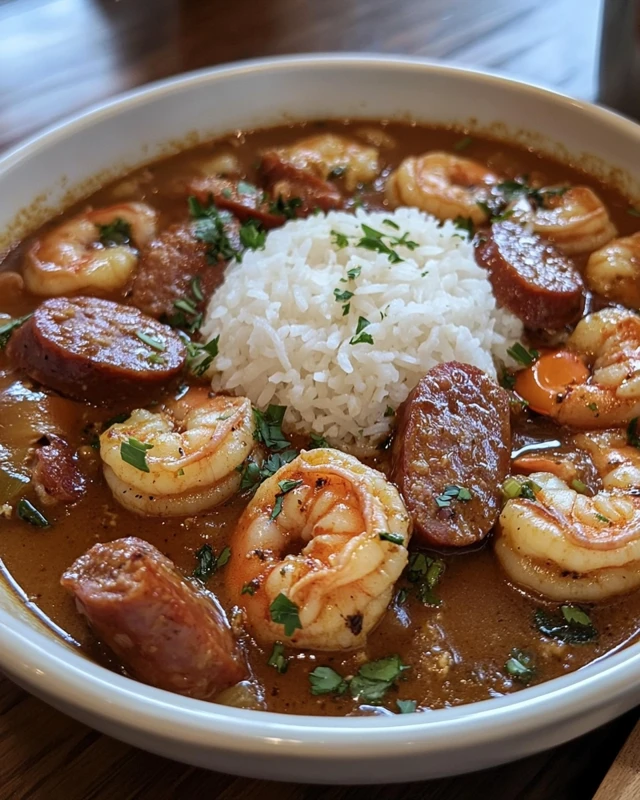
FAQs about Louisiana Gumbo Recipe
What is the best type of meat for gumbo?
The best type of meat for gumbo really depends on your personal preference. Traditional gumbo often includes a mix of proteins. Popular choices are smoked sausage, shrimp, and crab meat. For a heartier option, chicken thighs or andouille sausage work wonderfully. Each type of meat adds its unique flavor, making the gumbo rich and satisfying. Feel free to mix and match to find your favorite combination!
Can I make gumbo ahead of time?
Absolutely! Gumbo is a fantastic dish to make ahead of time. In fact, many believe it tastes even better the next day as the flavors meld together. After cooking, let the gumbo cool completely before storing it in an airtight container. You can keep it in the refrigerator for up to 3-4 days. If you want to store it longer, consider freezing it for up to 3 months. Just remember to reheat it gently to preserve its delicious taste!
How do I thicken my gumbo?
If you find your gumbo is too thin, there are a few ways to thicken it. One common method is to let it simmer longer, allowing some of the liquid to evaporate. You can also add a slurry made from cornstarch and water. Mix equal parts of cornstarch and cold water, then stir it into the gumbo while it simmers. Another option is to add more roux if you have some on hand. Just remember to add it gradually to avoid over-thickening!
What is the difference between gumbo and jambalaya?
Gumbo and jambalaya are both delicious dishes from Louisiana, but they have some key differences. Gumbo is a stew served over rice, featuring a rich broth and a variety of proteins and vegetables. It often includes a roux for flavor. On the other hand, jambalaya is a one-pot dish where rice is cooked directly in the mixture with the proteins and spices. Jambalaya tends to be thicker and more like a rice dish, while gumbo is more soup-like. Both are flavorful and comforting, making them staples in Louisiana cuisine!
Conclusion on Louisiana Gumbo Recipe
Recap of Key Points
In summary, Louisiana Gumbo is a delightful dish that embodies the rich culinary traditions of the region. With its unique blend of proteins, vegetables, and spices, gumbo offers a comforting meal that warms the heart. The essential steps, from creating the perfect roux to simmering the ingredients, are crucial for achieving that authentic flavor. Remember, you can customize your gumbo with various proteins and vegetables to suit your taste. Whether you prefer seafood, chicken, or a vegetarian version, there’s a gumbo for everyone!
Encouragement to Try the Recipe
Now that you have all the information, it’s time to roll up your sleeves and try making this Louisiana Gumbo Recipe! Gather your ingredients, invite some friends or family over, and enjoy the cooking process together. Not only will you create a delicious meal, but you’ll also make lasting memories. So, don’t hesitate—bring the taste of Louisiana to your kitchen and savor every bite of this flavorful dish. Happy cooking!

Louisiana Gumbo
Ingredients
Equipment
Method
- Add the chopped onion, green bell pepper, celery, and minced garlic to the roux. Sauté for about 5-7 minutes until softened.
- Incorporate the sliced smoked sausage, shrimp, and crab meat into the pot. Stir to coat with the roux and vegetables, seasoning with salt and pepper.
- Pour in the diced tomatoes with their juice and the seafood stock or chicken broth. Add the bay leaves, Worcestershire sauce, and Cajun seasoning. Stir well and bring to a simmer.
- Reduce the heat to low and let the gumbo simmer for about 30 minutes, stirring occasionally.
- Remove the bay leaves before serving. Serve the gumbo hot over cooked white rice, garnished with chopped green onions and fresh parsley.
